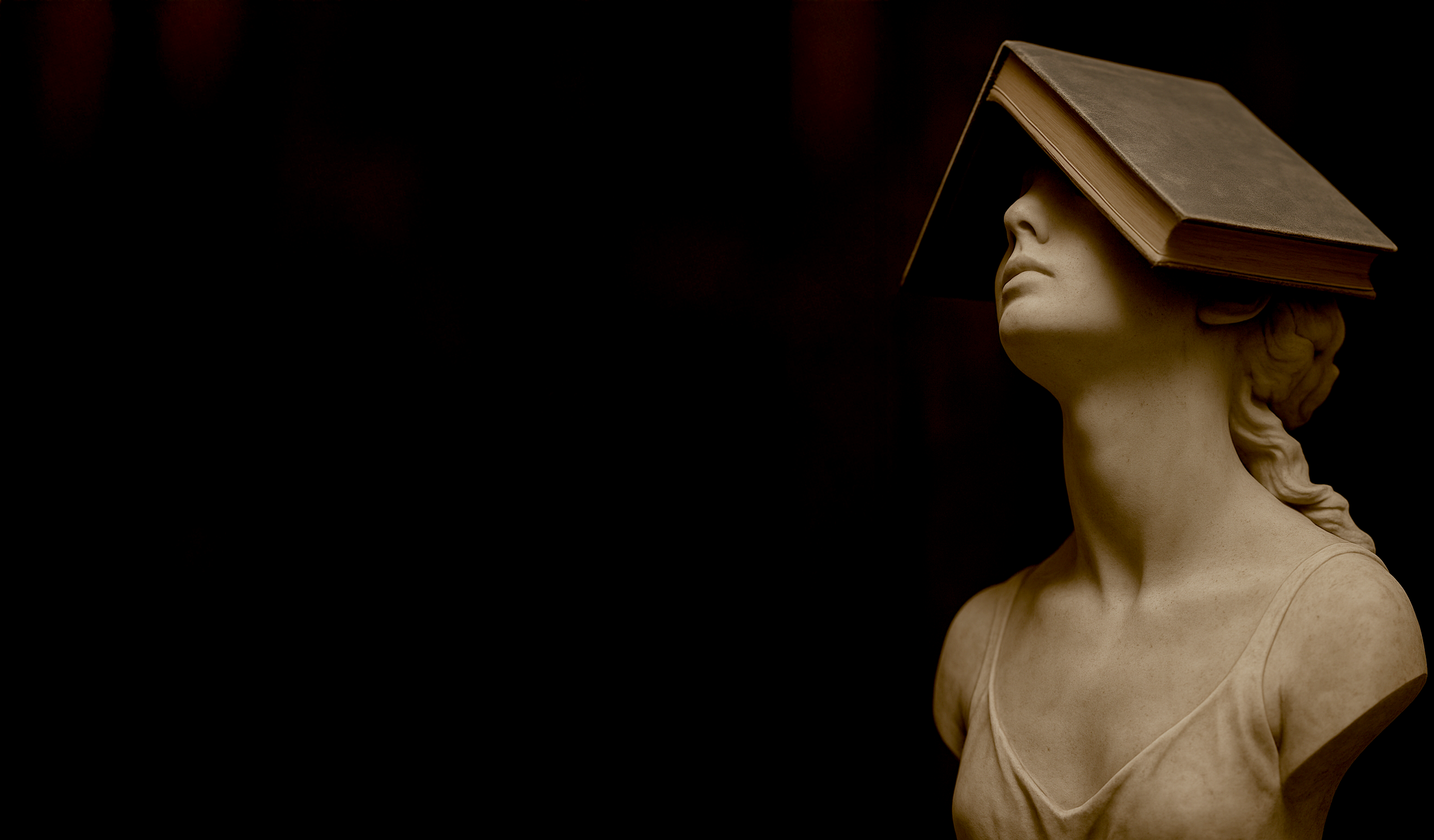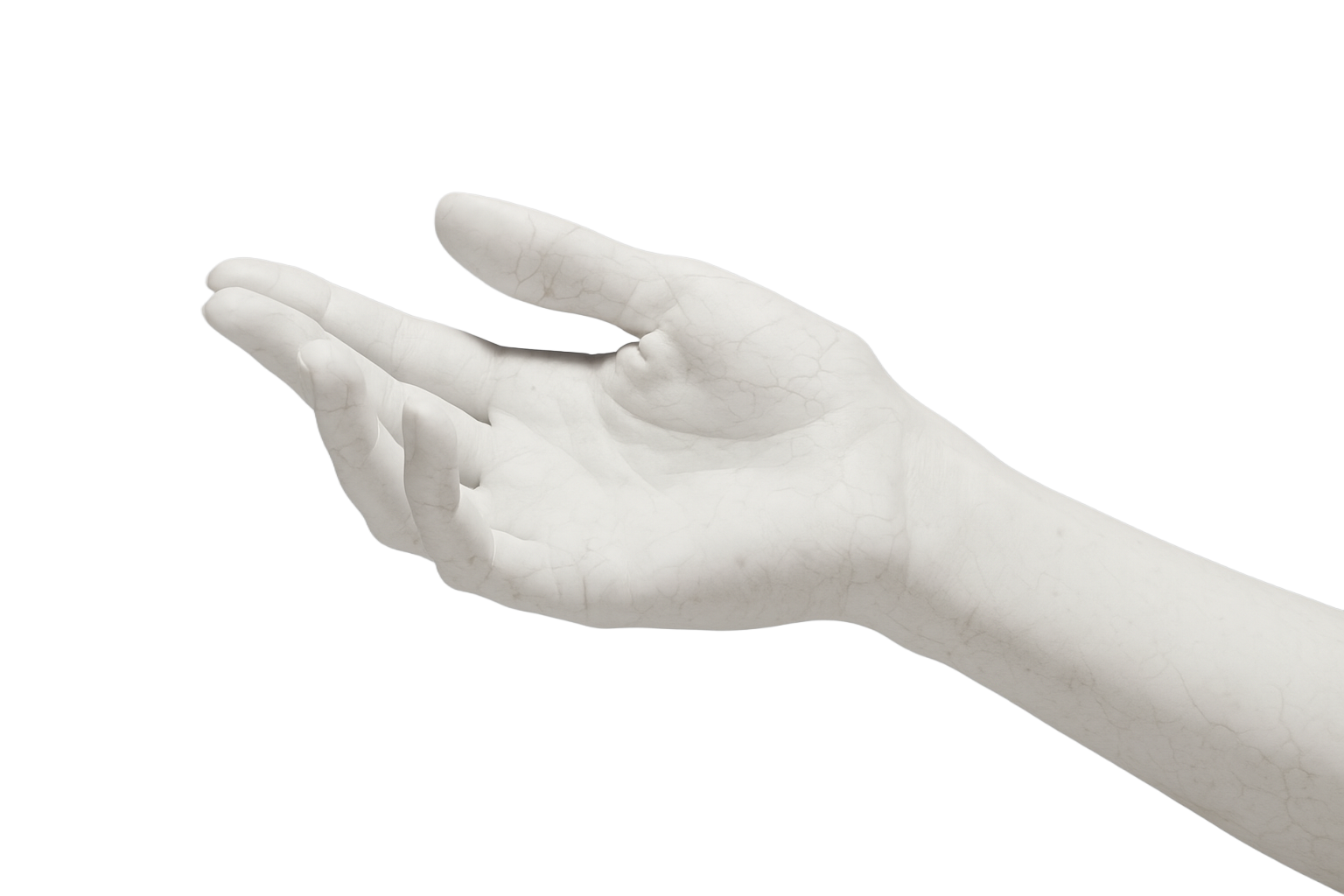
Archetypal frameworks. Propaganda techniques. Psychological triggers. We influence the subconscious mind. Some people call it manipulation. We call it strategy.
Most modern brand strategy is lazy. Branding is the most complex of all the design disciplines. A brand is not a logo or a color palette or a font. It isn't a story or even a personality. To build a real identity, you have to understand the origin of identity itself. Creation demands something in return. There’s always a cost. An exchange.
PERSONALITY IS NOT ENOUGH.
Archetypes originated in Jung’s analytical psychology as universal structures of the psyche—far more than personality types, they shaped how we think, feel, and relate to the world.
When brand strategists and marketers originally adopted archetypes, they divorced them from their psychological roots. Rather than using archetypes to explore the depth and complexity of a brand’s psyche, they repackaged them as personality. Brands were given a
, nothing more.
Shade Tactics restores their original context—rebuilding brands as full psyches with complexity, contradiction, and the
.
An archetype is a behavioral pattern. There are 12 of them. They are stories we tell. They are the characters we relate to. Archetypes live in the subconscious mind, they exist all around us. If you know how to look, you’ll see them.THE ARCHETYPES
Shade Tactics is a brand strategy framework that treats a brand not as a personality—but as a psyche.
While most branding stops at story or aesthetic, Shade draws from analytical psychology—specifically Carl Jung’s model of the psyche—to build brands that behave like people: complex, layered, and built to evolve.
Because strong brands aren’t simple. The market shifts. Your customer changes. If your brand doesn’t, you’ll be stuck in an endless cycle of rebrands just to stay relevant.
To break that pattern, we have to move beyond shallow personality profiles and rigid brand guidelines.
Shade is an Old English word for .
It’s time brands started having one.

People are complex. Brands should be too.
Instead of relying on one-dimensional archetypes or surface-level identity work, Shade Tactics maps a brand’s full internal system using five core components each ruled by an Archetype.-
This is your first impression—how you show up. It’s your visual identity, aesthetic, and tone. The shroud uses subconscious cues, color psychology, propaganda techniques, and archetypal signals to interact with the limbic system. Like Jung’s Persona, it’s the mask—but it’s not meaningless. It’s how you control perception.
-
This is why you show up the way you do. It’s your internal compass—how you make decisions, what motivates you, how your tone shifts depending on context. It drives campaign strategy and creative direction. Like the Ego, this is the center of awareness.
-
This is your core—your beliefs, your mission, your reason for existing. It’s the part that doesn’t change. The anchor holds everything in place: your story, your why, your long game. Without an anchor, you drift. Without clarity here, nothing else matters.
-
This is what you’re not. What you refuse to become. What you push against. It defines your boundaries and protects your value. How much time is wasted chasing the wrong audience? How many brands destroy themselves by discounting out of fear? A BOGO sale might move product—but it will cost you more than it’s worth. Like the Shadow, the Darkling holds the parts we don’t want to look at—but they still shape us.
-
Echo is how the audience influences the brand.
It’s the archetypal trait shared across your customer base—the thing they’re drawn to, the need they want met. Echo is the relationship you build, the signals you send, and the way you're internalized. It shapes your customer experience, your UX, your community. It’s not what you say—it’s what they hear.Echo is who the brand becomes in the mind of the customer.
BRANDS ARE PEOPLE.
Most brand strategy today isn’t even strategy. Personality quizzes. Moodboards. A few storytelling workshops.
The result? Brands that look good on launch day and fall apart six months later.
Shallow systems built on aesthetics and guesswork. That’s why most brands rebrand every few years—because they weren’t built to last.
Shade Tactics replaces
with psyche. Not just how a brand looks: how it thinks. How it acts. How it connects.
The five components: Shroud, Helm, Anchor, Darkling, and Echo; map the full internal system of a brand.
Each governs a different part of identity, behavior, or relationship. Together, they form a complete psychological model—rooted in archetypes and behavior, not trends.
A brand that understands its psyche doesn’t need to guess. It knows what to say. How to say it. Who to say it to.
The brands that survive the next decade won’t be the most aesthetic. They’ll be the most
.
Questions? Ideas? Existential dread? Let’s connect.
We’re a team of philosophers, tinkers, deep thinkers, and borderline psychics. We don’t just tell you who your brand is, we show you who you are. This isn't simple, this is strategy.



















